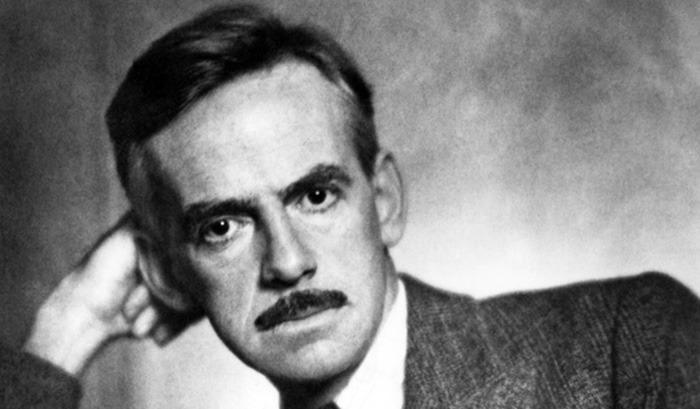The Magic of Reality: How We Know What’s Really True. By Richard Dawkins. (The Free Press) 271 pp. $29.99.
This dazzling, oversized, coffee table-worthy, unputdownable gem differs dramatically from the previous ten blockbuster offerings by the world's pre-eminent expositor of science in three important respects.
They are:
(1) The layout consists of roughly half text and half exquisite, vividly colorful, imaginative illustrations from award-winning graphic artist Dave McKean. These stunning, captivating drawings immeasurably enhance the message of the printed word.
(2) Whereas all of his previous output primarily captured the imagination and stimulated the intellect of sophisticated adult readers, this classic targets a family audience. It could easily serve as an enthralling general science primer, suitable for literate children as well as a refresher course survey for those of us grownups who unfortunately never had exposure to truly superior science education but had to settle for basic, mostly inferior instruction.
(3) All twelve chapters follow a simple question- and-answer format, covering such diverse, intriguing topics as the first humans, the life cycle of stars, earthquakes, origins of the universe and the making of a rainbow. In most cases, the first part chronicles the universal myths and fables the ancients concocted to comprehend the natural world surrounding them followed by the modern, scientific explanation as this master storyteller makes the reality-based answers as thrilling as Homer, as profound as Job and every bit as entertaining as Kipling.
Mr. Dawkins, a former Oxford professor, patiently elucidates how the fables and myths from the Judeo-Christian tradition as well as from pagan sources endure throughout the ages as great stories. By contrast, science details wonderful sets of experimentally testable theories about things we don't know and may never fully understand so that it becomes our task to learn how to differentiate between the two divergent approaches.
Looking at Parallels
The author underscores the striking similarity between animal evolution and language evolution. He explains why there are so many different animals and different spoken tongues as a result of how language drifts the same way that species drift.
In a particularly refreshing, self-deprecating admission, this peerless, indefatigable investigator confesses: “I'm not going to talk about [quarks] in this book. That's not because I think you wouldn't understand it. It's because I don't understand it.”
He employs the same unvarnished candor with respect to how a rainbow tells us that time and space began with a big bang “because, not being a cosmologist, I don't understand it myself.”
All of this, he emphasizes, helps us to accept the boundaries of science and how important it is for scientists to recognize their own limitations. However, at the same time, what is unknown is not necessarily unknowable.
As an outstanding example of why this scholar uses “magic” in his title, in Chapter 2 ( “Who was the first person?), he finishes his explanation with sublime words of wisdom that beautifully capture the essence of this entire ambitious undertaking: “What is a fact beyond all doubt is that we share an ancestor with every other species of animal and plant on the planet. All are our cousins. Every last one of them. Isn't that a far more wonderful thought than any myth? And the most wonderful thing of all is that we know for certain that it is literally true.”
His final sentence reads: “The truth is more magical — in the best and most exciting sense of the word — than any myth or made-up mystery or miracle. Science has it own magic — the magic of reality.”
Mr. Akerley may be contacted at benakerley@aol.com







